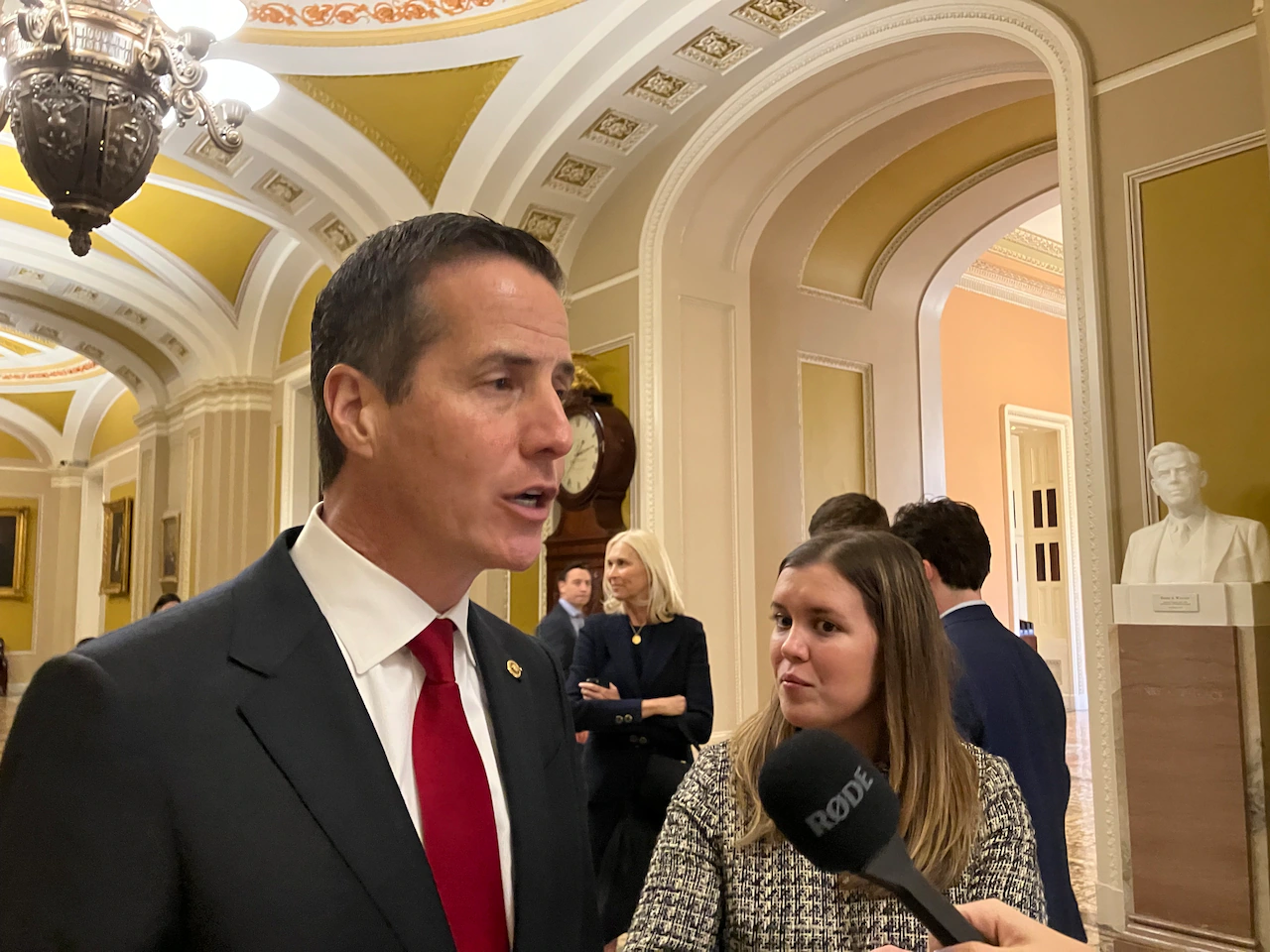
The meteoric rise in artificial intelligence and its usage in nearly every facet of our daily life is leaving a profound mark on the job market. In the first quarter of 2025 alone, more than 76,000 jobs were lost to automation, as AI-powered analytics platforms replaced junior data analysts. Nearly 40% of employers expect to cut staff in areas where AI can handle tasks, according to the World Economic Forum’s Future of Jobs Report 2025.
Now, with the rise of generative AI’s successor, agentic AI, many in the tech industry fear that AI will soon claim coding and tech jobs. After all, if AI-powered coding assistants can write, debug, and refactor code in seconds, what use is there for human developers?
But leaders inside OpenAI see the moment in almost opposite terms. Thibault Sottiaux, engineering lead for Codex at OpenAI, argues that coding isn’t dying—it’s evolving. Rather than rendering developers obsolete, he believes AI is transforming coding by amplifying human strengths in creativity, reasoning, and problem-solving.
“If you look at today’s AI tools, it’s clear they’re far from perfect. There’s still so much capacity in the world to absorb better, more powerful, and more delightful software,” Sottiaux says. These coding tools, he says, are radically reshaping the learning curve for young coders. “I see new graduates on my team picking up programming at a speed I haven’t witnessed before.”
Developers are spending less time on line-by-line debugging, freeing them up to what should be built, how systems should be structured, and what kind of impact software can have in the world. OpenAI predicts that human roles will increasingly shift toward oversight and orchestration, with AI serving as both collaborator and accelerator: handling background work, surfacing errors early, and enabling engineers to explore ideas faster.
OpenAI recently introduced an upgraded version of Codex, a specialized model designed for the long, messy work of coding and software development. Now powered by GPT-5, Codex can adapt its reasoning effort based on task complexity. It can breeze through a simple bug fix in seconds, or run for more than seven hours to reengineer an entire subsystem.
“That balance between being fast on simple tasks and going deep on harder problems is a distinctive trait of GPT-5-Codex,” Sottiaux added. “The quality of its code reviews and its ability to think dynamically over longer periods are key differentiators. GPT-5-Codex also pushes further on code quality overall.”
Now available in the Codex Responses API, and for use through Codex in various environments, including IDE extensions, terminal, web, and GitHub integrations, it can review an entire codebase, execute unit tests, validate dependencies, and even catch subtle vulnerabilities before they become production headaches.
“Codex was built to work alongside developers, and humans still stay in control,” Sottiaux explains. “For newcomers, it’s a collaborator that can help explore languages like Rust, navigate codebases, and grasp core concepts much faster. For senior developers, it provides leverage at a higher level. By setting the right context, guardrails, and structure, they can take on more ambitious problems and ultimately achieve more impact than before.”
OpenAI isn’t the only big player arguing that AI isn’t the IT job killer many feared. According to Google’s latest DORA: State of AI-assisted Software Development report, 90% of tech professionals now use AI in their workflows, highlighting a 14% jump from last year, for coding, testing, and security reviews. Likewise, Udemy, one of the world’s largest online learning platforms, reports that the rise of AI integrations within enterprises has sparked a surge in enrollment for AI-related courses.
“Every minute, five to eight people sign up for a generative AI class on our platform,” Hugo Sarrazin, CEO of Udemy, tells Fast Company. “Designing code requires critical thinking, which is fundamentally a human trait. Of course, AI will generate a lot more software, but you still need analysis, judgment, and testing. That’s why it’s so important to teach the foundations of coding and development, whether or not someone ends up relying heavily on AI.”
Coding as a foundation
Skeptics often warn that due to AI-driven automation, coding roles will disappear,leaving fewer opportunities for junior developers to gain experience. That’s not how OpenAI sees it.
advertisement
“Some will use AI to go deep, building technical expertise at an accelerated pace,” Sottiaux says. “At OpenAI, more of the effort is shifting into code review and planning, while much of the coding itself is automated. Software engineering is about making an impact, and this shift allows us to create more in the same amount of time.” He added that coding literacy remains vital for training the next generation of engineers, researchers, and entrepreneurs and stressed that the shift to AI-augmented development is a natural progression.
In practice, many of OpenAI’s customers are actively deploying Codex in production. Popular language-learning app Duolingo, for example, uses it to review back-end Python code for the platform. In benchmark tests, the company found that Codex’s upgraded version was the only system able to catch subtle backward-compatibility issues and consistently flagged bugs that other automated reviewers overlooked.
On a major software engineering test called SWE-bench Verified, GPT-5 Codex beat its predecessor by a wide margin. It solved more than half of the code-fixing challenges it was given, compared with about one-third for the earlier GPT 4.5 integrated model. For simple bugs, Codex used far fewer resources, cutting the workload by 94%. And when faced with tougher problems, it didn’t just work faster; it applied roughly twice the level of reasoning to reach a solution.
Likewise, companies including Gap Inc., Vanta, and Virgin Atlantic are also using Codex for specific applications. “During planning and development, the Extension can be tuned to the right level of reasoning (the ability to solve problems), and its ability to utilize Model Context Protocol (MCP) allows the right tools to be called directly from engineers’ IDEs,” Richard Masters, VP Data & AI at Virgin Atlantic, said in a statement.
Surviving the AI era
The shifts suggest that coding is becoming just one part of a much larger transformation, as AI tools weave themselves into both work and daily life.
Jan Chorowski, CTO at Pathway and a former deep learning researcher at Google who worked alongside Geoff Hinton at Google Brain, says coding is one of the few areas where AI is already delivering on its promise. While workflows are undeniably shifting as teams look to maximize productivity—“Who looks up Stack Overflow by hand these days?” he notes.
Chorowski says that while AI enables a deep understanding of coding, from low-level machine tasks to grasping entire problem domains, it often falls short on the basic nuances that human developers handle instinctively.
“The key differentiation we have today, as humans, is the ability to come up with new ideas that are well-grounded in a specific context. For developing software, the required context is particularly broad,” he explained. “AI lacks such contextualized judgement. Changing this is the challenge for the next decade. An important question is if AI tools will reach the deep understanding to be able to innovate and go beyond the capabilities of current Codex models.”
OpenAI maintains that coding holds a unique place: it cultivates reasoning, the very skill on which AI itself depends. If that vision proves true, the story of coding will not be one of extinction but of expansion—into a future where software is crafted through the partnership of human creativity and machine intelligence.
“There’s never been a better time to learn, especially for students and recent graduates,” says Sottiaux. “I’d recommend picking a coding agent and starting a couple of projects. You can even use ChatGPT to generate creative ideas for what to build. Then start learning, engage with curiosity, and treat the agent as a true collaborator.”



